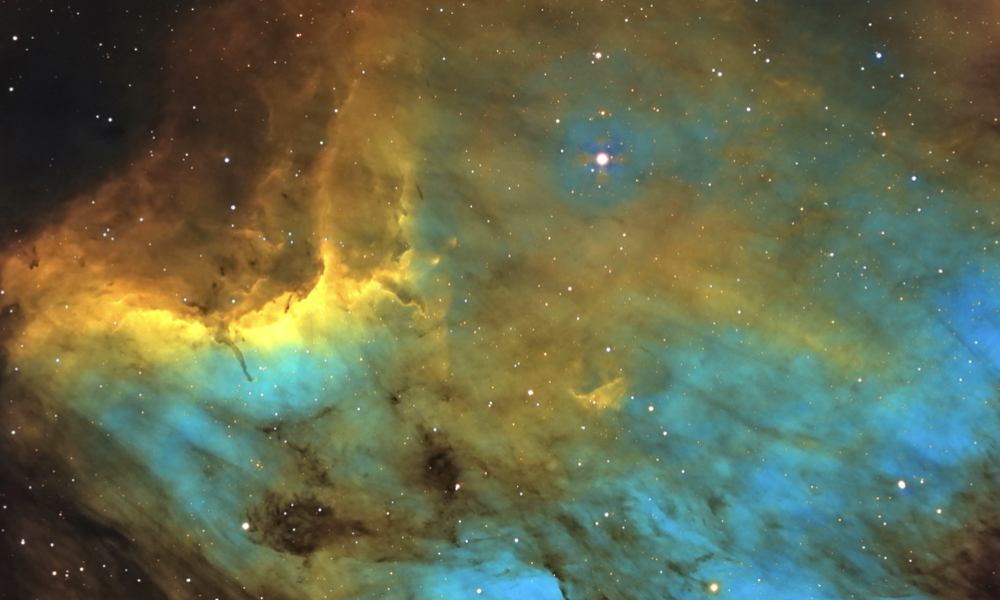
ESA Open Invitation to Tender AO9796
Open Date: 11/03/2019
Closing Date: 24/04/2019 13:00:00
Status: ISSUED
Reference Nr.: 19.1EP.02
Prog. Ref.: Technology Developme
Budget Ref.: E/0901-01 – Technology Developme
Special Prov.: BE+DK+FR+DE+IT+NL+ES+SE+CH+GB+IE+AT+NO+FI+PT+GR+LU+CZ+RO+PL+EE+HU
Tender Type: C
Price Range: 200-500 KEURO
Products: Satellites & Probes / Power / Generation: Solar Photovoltaic ¿ BB / Solar Cells / Satellites & Probes / Power / Generation: Solar Photovoltaic ¿ C&P / Substrates, cover-glass, coatings, adhesives, …
Techology Domains: Spacecraft Electrical Power / Power Generation Technologies / Photovoltaic Generator Technology
Establishment: ESTEC
Directorate: Directorate of Tech, Eng. & Quality
Department: Electrical Department
Division: Power Systems, EMC & Space Environ.Div
Contract Officer: Erkelens-Sickinger, Franziska
Industrial Policy Measure: C1 – Activities in open competition limited to the non-Larg…
Last Update Date: 11/03/2019
Update Reason: Loaded a new Clarification(English version)
Today, Ge is used as a growth template for III-V based solar cells and also serves as the lowest active junction. While the thickness of the Ge on solar cell level is around 140m, actually only 10-20m are really active. Therefore, in order to become thinner andlighter, solar cell manufacturers start to thin down the Ge wafers after cell processing by grinding, etching or lift-off processes(to reduce weight). However, this Ge waste is today not recovered since no economical process exists. Therefore, one idea to improve the use of Germanium is to effectively recover the Ge and assure a cost effective recycling stream. Another possibility to become lighter and reduce the amount of Ge is to start from a different growth template such as e.g. Silicon (Si) that is one of the most abundant materials on earth. Furthermore, it is s also cheaper and lightweight. However, Si wafers are not compatible for growing III-Vsolar cells directly on them. Therefore, a dedicated development is needed for that option or equivalent alternatives.In previous LCA studies, Germanium (Ge) has been identified as one of the major environmental hotspots of ESAs space missions. Ge is one of theCritical Raw Materials and the use of it (mainly driven by the solar cells) is the major contributor for the impact of the spacecraft in mineral resource depletion. Even though recycling processes exist to a certain extent (as a minimum within the Ge wafer manufacturer UMICORE) other Ge waste, e.g. Produced during the grinding process when solar cells are thinned, is today not fully recovered.This activity is an important step to mitigate the environmental impact of ESA space missions.This activity encompasses the following tasks:1. Recyclinga. Evaluate recycling concepts with regard to feasibility, ecology and economyb. Identify the best conceptand carry out practical testsc. Specify a recycling unit and implement the system into the production line2. Investigate options to improve use of Ge such as Virtual substrate (e.g. Ge on Si substrate).a. Develop buffer layer to grade the virtual substrate, e.g. From Si to Geb. Develop Ge growth on virtual substratec. Growth of III-V solar cell structures on virtual substrates.d. Engineering tests on solar cell structuresA Life Cycle Assessment of the two options (Recycling and Virtual substrate) need to be performed. A comparison of these alternatives with current technology and manufacturing processes is required.Procurement Policy: C(1) = Activity restricted to non-prime contractors (incl. SMEs). For additional information please go to EMITS news “Industrial Policy measures for non-primes, SMEs and RD entities in ESA programmes”.
If you wish to access the documents related to the Invitation to Tender, you have to log in to the ESA Portal.
